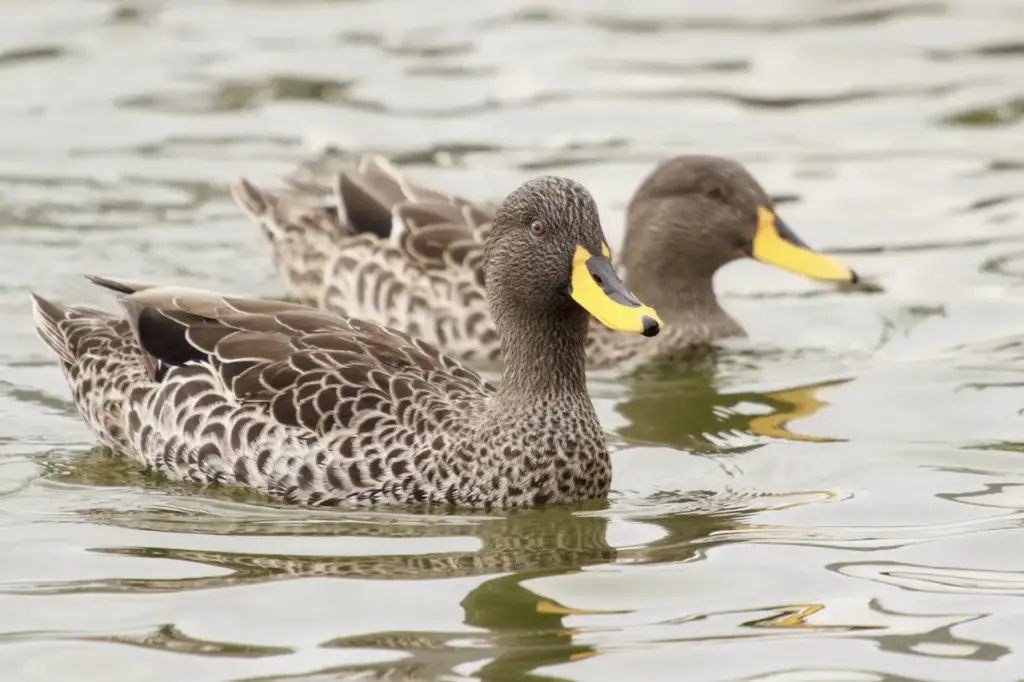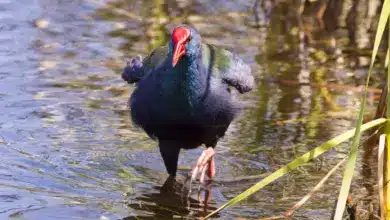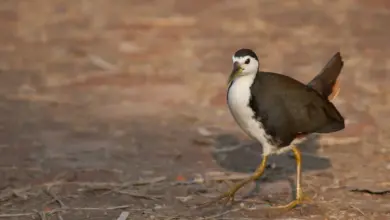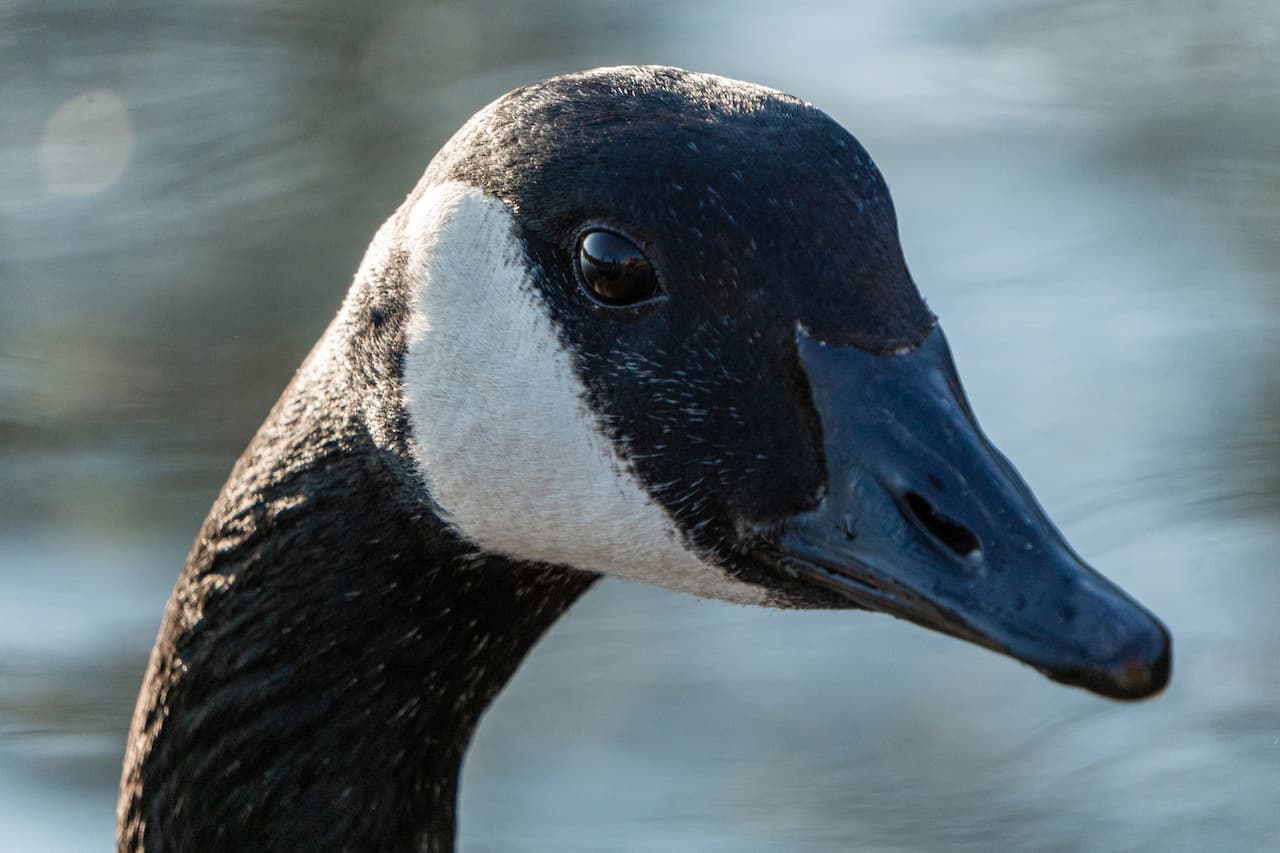Yellow-billed Ducks (Anas undulata)
Yellow-billed Ducks (Anas undulata)
The Yellow-billed Ducks (Anas undulata) are African resident (non-migratory) ducks.
Recognized Subspecies:
- Southern Yellow-billed Duck (Anas undulata undulata) – Nominate Race
- Southern Race: Declining population due to competition and hybridization with feral Mallards (Rhymer 2006).
- Northern Yellow-billed Duck (Anas undulata rueppelli )
- North-eastern Race: Darker plumage, a brighter bill, and blue speculum (wing patch).

Distribution / Range:
The Yellow-billed Duck are common in southern and eastern Africa, where they are usually seen in freshwater habitats in fairly open country.
Even though this duck is not migratory, they may travel short distances in the dry season to find suitable bodies of water.
Outside the breeding season, they form large flocks.
Description:
The Yellow-billed Duck are about the size of mallards, measuring 51 – 58 cm in length.
The plumage is mostly grey with a darker head, whitish underwings, and white-bordered green speculums (= distinctive wing patch) on the upper wings. The bill is bright yellow.
Males and females look alike, and juveniles are slightly duller than adults.
Breeding / Nesting:
Yellow-billed Ducks usually nest near water – on the ground in dense vegetation.
The average clutch consists of six and twelve eggs.
Calls / Vocalization:
The male’s call is described as a Teal-like whistle.
The female’s call is a mallard-like quack.

Relevant Resources
Diet / Feeding:
Yellow-billed ducks feed by dabbling for plant food mainly in the evening or at night.
Ducks generally feed on larvae and pupae usually found under rocks, aquatic animals, plant material, seeds, small fish, snails, and crabs.




